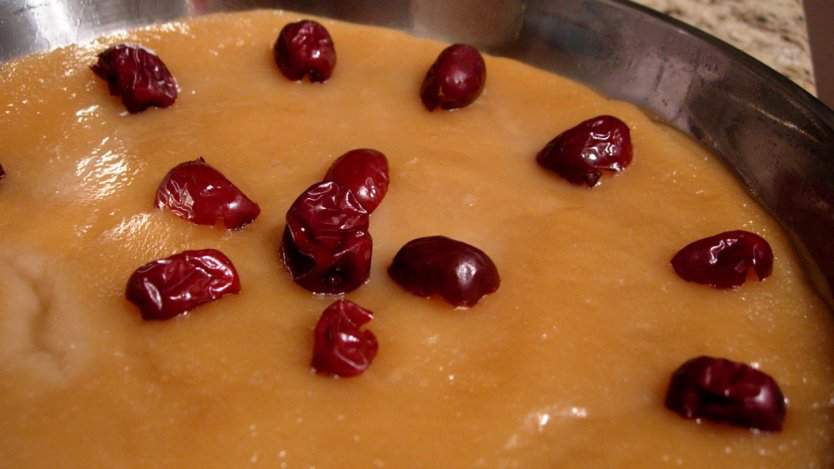Chinese New Year is a busy time in the kitchen for many people, with burners running on all cylinders, steaming, frying and boiling all kinds of foods that symbolize good fortune and prosperity. A typical Chinese New Year dinner has many courses, and it always includes fish (signifying surplus), dried oysters (signifying a prosperous market), chicken, rice, noodles (symbolizing longevity) and a vegetarian dish. That Thanksgiving or Christmas turkey can now hang its head in shame if it thinks it’s the star of the most coma-inducing meal of the year.
Just when you think you can go on that post-holiday cleanse, you’re faced with treats like dumplings, fried pastries and glutinous cakes. And no, fortune cookies are not among the festive foods.
Basically, every dish represents either wealth, fortune, longevity or prosperity (it’s very Vulcan).
With the exception of sweets in the Chinese candy box, like candied and dehydrated lotus root, winter melon and water chestnuts, everything else is usually made from scratch at home.
Here is a list of the most popular festive snacks, their significance, and a few Canadian bloggers’ recipes, shall you attempt to make them.
Nian gao 年糕
A sweet “cake” made from brown sugar and glutinous rice flour that is steam-cooked and pan-fried before serving. It’s not really a cake, per se; it’s more like a sticky pudding.
The Chinese word for cake is a homonym to the word for bloom, raise, or prosper, so you will see this theme repeatedly in many symbolic dishes. Also, the Chinese word for sticky sounds like the word for “year”.
Let’s do some word-math:
Year (sticky) + rise (cake) = rising every year
The idea is that kids get taller and grown-ups' careers go to new heights; it's a win for everyone. Add to this the sweetness of the dish, and you’ve got an unbeatable treat that’s full of good wishes.
For a simple and traditional recipe, try Melody Fury’s recipe.
Vincci Tsui demonstrates the coconut version in her blog, ceci n’est pas un food blog.
Taro Cake 芋頭糕
It’s as much a “cake” as mashed potato cake is a cake. It’s made with taro, a root vegetable that’s very popular in Asian cuisine. The taro is cooked until soft, then mixed with Chinese preserved meats and rice flour before the batter is steamed. Usually, the taro cakes are sold and given as gifts in this form. To serve, the cake is sliced and pan-fried until golden brown and crispy on the outside.
Ben and Suanne shows you how to make their version of this popular dim sum dish.
Turnip Cake 蘿蔔糕
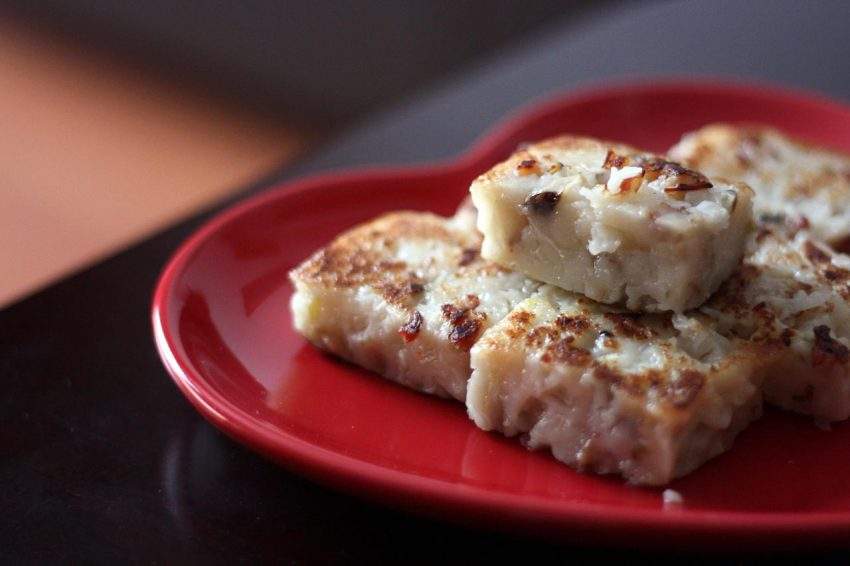
Similar to the taro cake, it’s a savoury cake that’s steam-cooked, then pan-fried until crispy before serving. The difference between this and the taro cake is that this is made with grated turnip, or daikon radish, so the cake is more moist, softer and smoother.
In addition to the symbolism of “cake”, the Chinese word in Hokkien dialect for “radish” is a homonym for luck or fortune, making this an especially welcomed gift and dish over the holidays.
Vincci Tsui, a dietician based in Calgary, shares her recipe for a traditional turnip cake that was adapted from Hong Kong's Towngas Cooking Centre.
Jiao zi (dumplings) 餃子
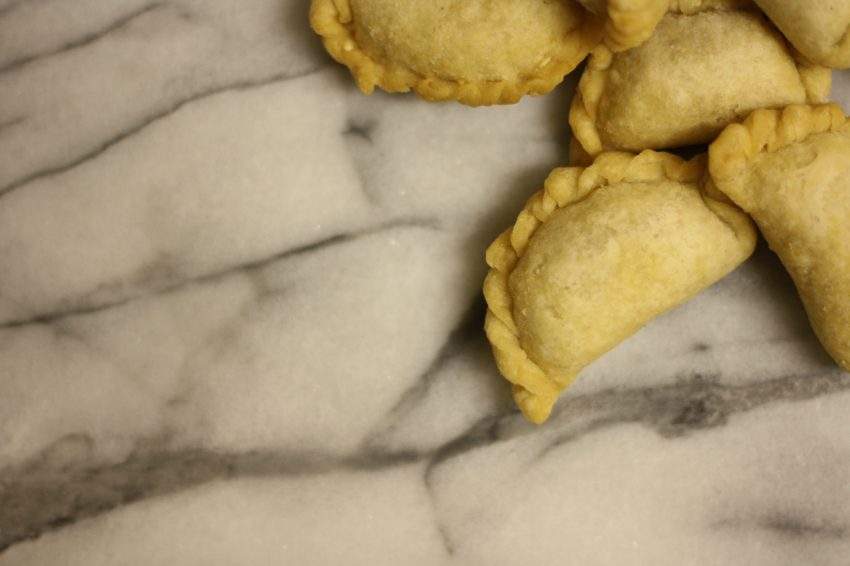
It’s an everyday food, but it’s especially relevant over Chinese New Year holidays because the shape looks like gold or silver ingots (also known as sycee), or yuan bao, which was used as currency back in the day, suggesting wealth. This is not something you’d use to make it rain.
Jay del Corro has an excellent recipe that outlines how to make the dumplings from scratch, as well as both the boiling and potsticker methods of preparation.
Yau gok, a sweet, deep-fried dumpling, is another popular dish that looks like the ancient Chinese currency; and is typically filled with a mixture of crushed peanuts, shredded coconut and sugar. May Yeung, a freelance writer in Ontario has a comprehensive recipe in the Toronto Star.
Fa gao 發糕
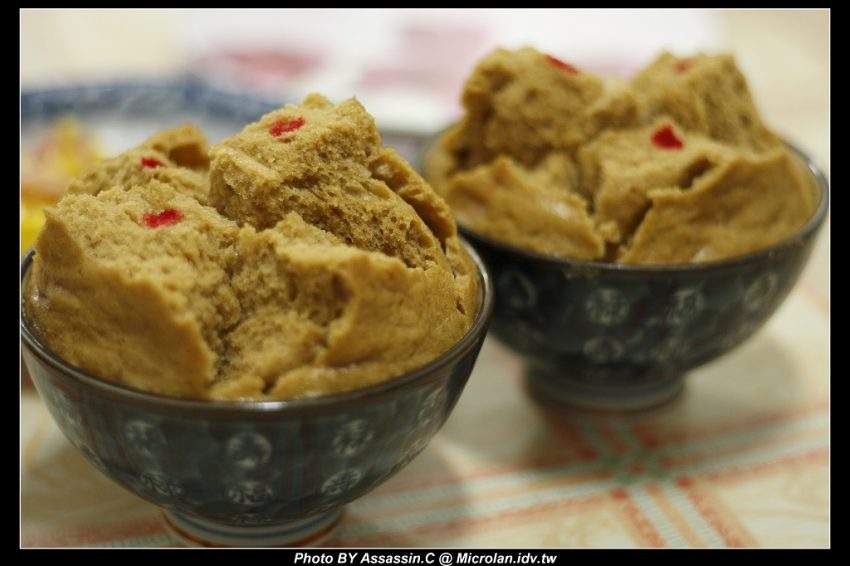
OK, if you thought that you’ve been misled by all the dense “cakes” so far and you are yearning for something more recognizable, then this one’s for you. Fa gao, meaning leavened cake (which sounds like “wealth”) is a steamed spongy, fluffy cake made with rice flour and often dyed yellow or pink to add to the festive mood.
Calgary food blogger Bonnie Huang shares her recipe, including tips for variations, for the small pastries on her blog.
Tang yuan 湯圓
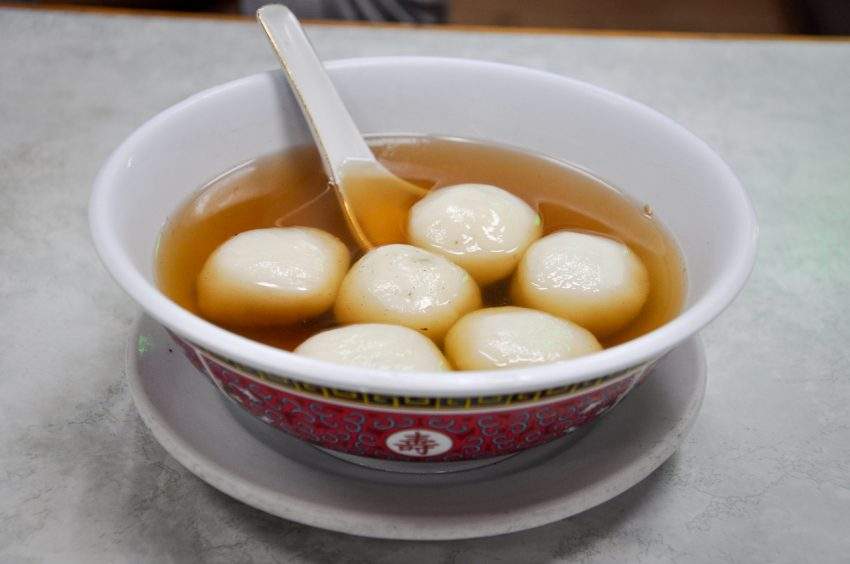
Traditionally, these glutinous rice balls — commonly stuffed with a sweet sesame or red bean paste, but can be savoury or unfilled — are eaten on the last day of the Chinese New Year period on Lantern Festival. They are simply made by mixing glutinous rice flour with water to form a dough and stuffing the dough with a soft filling. Then, they are rolled into balls and boiled until cooked through, and usually served in a sweet dessert soup. The symbolic significance is that the spherical shape is like the full moon and denotes family wholeness or togetherness.
Katina, from B.C., has a detailed recipe for the dessert on her blog, The Gumdrop Button.

